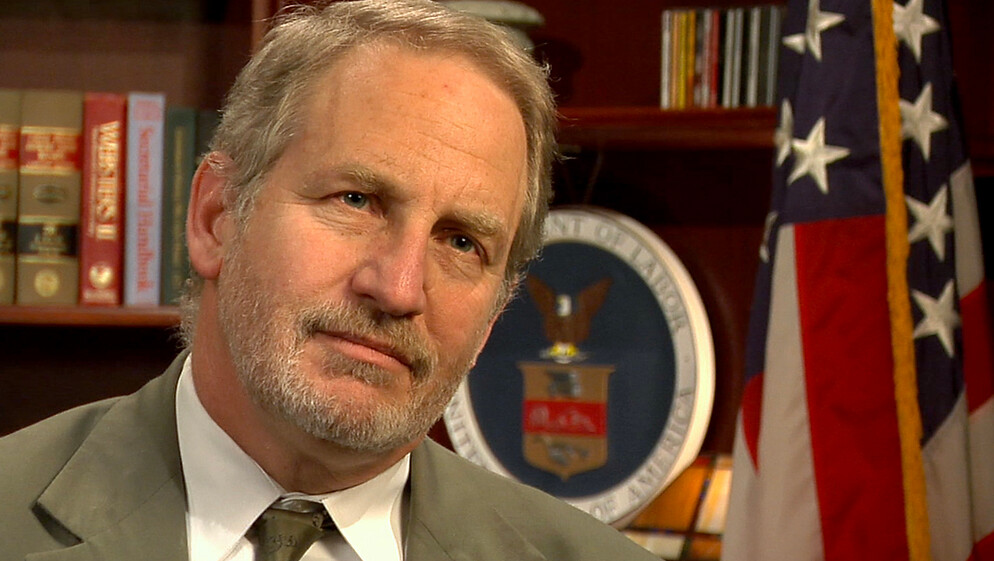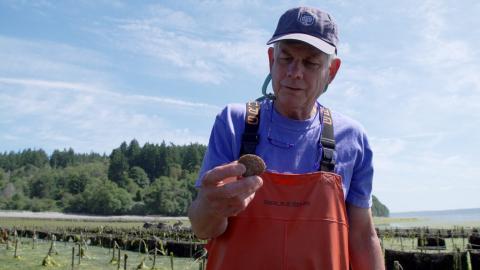From labor unions to government agencies, Jordan Barab has spent his career trying to improve workers’ health and safety.
At the U.S. Occupational Safety and Health Administration (OSHA), he guided policy while serving as deputy assistant secretary of labor for occupational safety and health. He has also served as a senior labor policy adviser in the U.S. House Education and Labor Committee, and worked at the U.S. Chemical Safety Board, the AFL-CIO and the American Federation of State, County and Municipal Employees.

On October 16, Barab will visit the UW to give the Peter A. Breysse Memorial Lecture on “Workplace Safety and Health in the Current Political Landscape.”
“Everybody wants to come home alive and safe at the end of the work day, and I think everyone would like to live well into retirement without some kind of deadly disease that they acquired at work,” Barab said.
Yet each week, workers die of preventable hazards on the job, as Barab has documented in his blog, Confined Space, in a feature called the Weekly Toll.
“Far too many are dying in trench collapses, or falling off of roofs without fall protection,” he said. “We have known about these dangers for millennia, and we know how to prevent them, and yet workers are still dying from them.”
Recently, newer challenges have joined the old ones. Healthcare workers have faced substantial risks of illness and workplace violence since the beginning of the COVID-19 pandemic, and outdoor workers are increasingly contending with the hazards of heat in the face of climate change.
“If we can’t keep our frontline health-care workers safe, then the whole nation suffers.”
- Jordan Barab
Political debate and the impact of OSHA
In his talk, Barab will discuss ideological battles in the U.S. over workplace protections, and how they have changed over time.
“On one side, there are regulations and enforcement protecting workers, and on the other, the perspective of so-called ‘regulatory burdens,’” he said. “These battles are much worse now, with much more negative impact on worker safety and health.”
He also hopes to give attendees insight into the federal regulatory process when it comes to workplaces. He’ll share how OSHA works with the White House, Congress and the press, as well as highlights from the agency’s more than 50-year history.
“There are a lot fewer workers who are killed and injured in the workplace these days than there were before OSHA was formed,” he said.
The 1970 act that created the agency instituted national standards applying to all workers in every state that are enforceable by OSHA inspectors. But funding for OSHA and other government agencies ensuring worker safety and health, like the National Institute for Occupational Safety and Health (NIOSH), is now at risk.
“President Trump’s budget proposal calls for pretty much the elimination of NIOSH,” he said. “There are also significant cuts in OSHA’s standard-setting budget, a significant cut in OSHA’s enforcement budget, and significantly fewer inspections predicted for next year.”
Maintaining the occupational health workforce
To ensure that safeguards for workers continue, there’s a need for continued funding, as well as a trained workforce of occupational health professionals, Barab said.
“OSHA inspectors have to be knowledgeable about a lot of different jobs and job practices, and it's not easy,” he said. “It takes about three years of on-the-job and classroom training for an OSHA inspector to become proficient enough to go out and do the work.”
Learn more about our MS programs focused on occupational health and safety.




